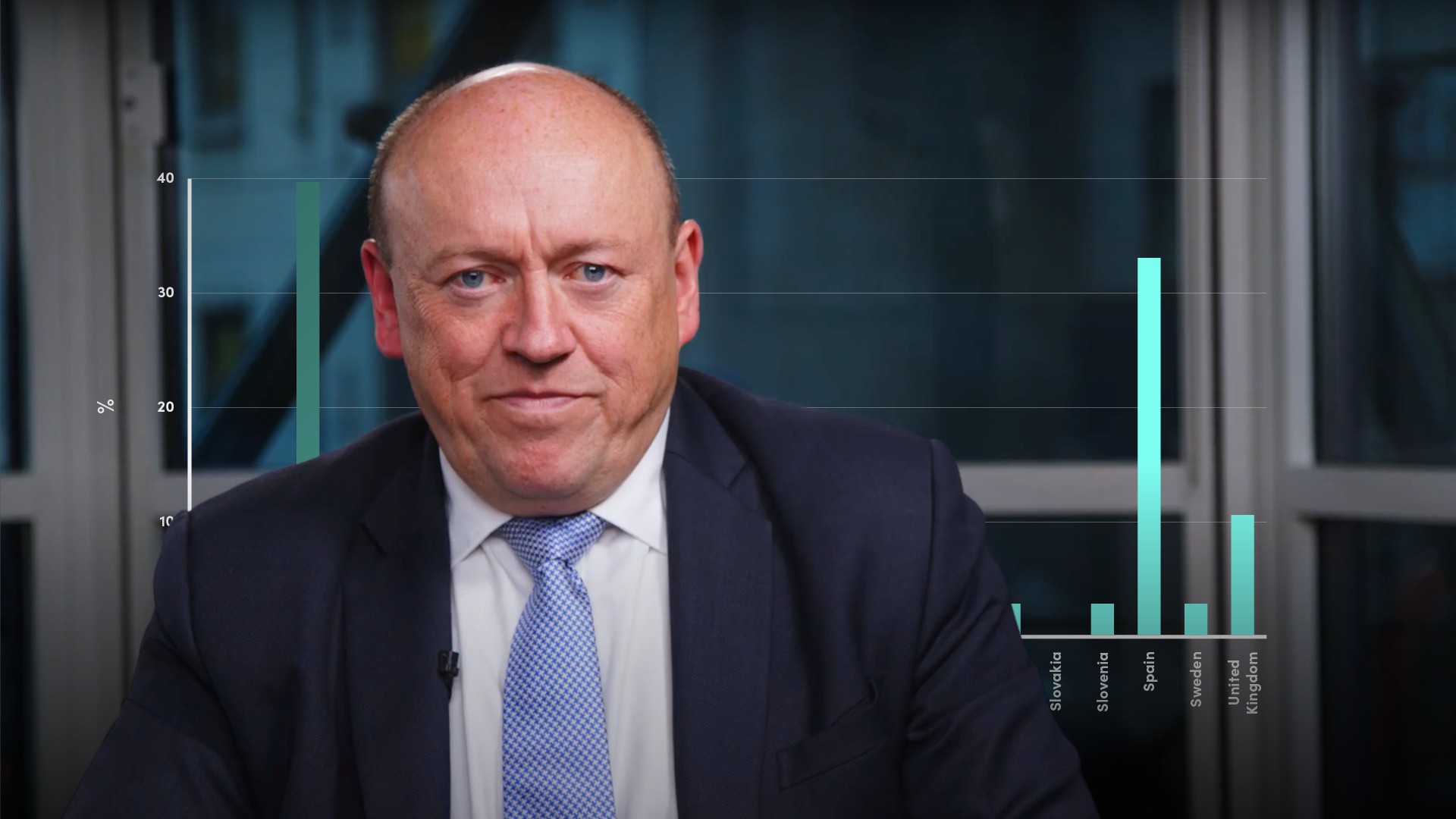
Covered Bond Over-collaterisation

Richard Kemmish
30 years: Capital markets & covered bonds
To provide the level of protection for covered bonds demanded by investors, supervisors and rating agencies, you need more assets backing the bonds than there are bonds outstanding. In this video of the series, Richard discusses over-collateralisation: how to calculate it and how it is regulated.
To provide the level of protection for covered bonds demanded by investors, supervisors and rating agencies, you need more assets backing the bonds than there are bonds outstanding. In this video of the series, Richard discusses over-collateralisation: how to calculate it and how it is regulated.
Subscribe to watch
Access this and all of the content on our platform by signing up for a 7-day free trial.

Covered Bond Over-collaterisation
7 mins 15 secs
Key learning objectives:
Understand when OC is used and the different ways to calculate it
Describe the general requirements and, if inadequate, identify what extra OC can be used
Identify if covered bonds from some countries are safer than others
Overview:
Over-collateralisation is the most important piece of protection in covered bonds demanded by investors, supervisors and rating agencies. It essentially provides an extra safety margin in case of disruptions.
Subscribe to watch
Access this and all of the content on our platform by signing up for a 7-day free trial.
When is over-collateralisation used?
- Making up for potential losses on mortgages in the pool
- Address refinancing gaps – if the issuer isn’t around to refinance the bonds at their maturity, over-collateralisation can be used to help refinance the bonds when they fall due
- Payment disruptions – for example, if a borrower falls ill, their mortgage payments may slow for a while
What is the general OC requirement?
EU Covered Bond Directive – recently passed into law states there is a minimum level of over-collateralisation that the covered bond issuer must maintain at all times. In most countries this is 5%, but there are plenty of exceptions to that rule with over-collateralisation by law ranging from 2-25%.
The Directive only requires that the nominal value of assets is at least the nominal value of liabilities.
Are covered bonds from some countries safer than others?
This is more complex because:
- Some countries require less over-collateralisation than others because they have other forms of credit protection embedded elsewhere in the law. I.e. LTV
- There are different ways to measures the value of mortgages and of covered bonds
- Almost no covered bond issuer in the real-world issues bonds with only the legal minimum over-collateralisation
How do we calculate over-collateralisation?
Two methods:
- Take the notional value of all the bonds and compare it to the notional of all the assets in the pool
- Take the present value of all the cashflows on the bonds and all of the cashflows on the underlying assets discounted to today’s value
What other forms of over-collateralisation are there?
- Banking supervisors are being allowed to set over-collateralisation on a case-by-case basis as the legal minimum is inadequate
- Another source of additional investor protection is provided on a voluntary basis (a little more than a promise to maintain enough collateral)
- Asset cover test – it holds that an issuer must provide the greater of the over-collateralisation that is required by law and the over-collateralisation that is needed to maintain the highest rating then achievable by the programme
Subscribe to watch
Access this and all of the content on our platform by signing up for a 7-day free trial.

Richard Kemmish
There are no available Videos from "Richard Kemmish"



























